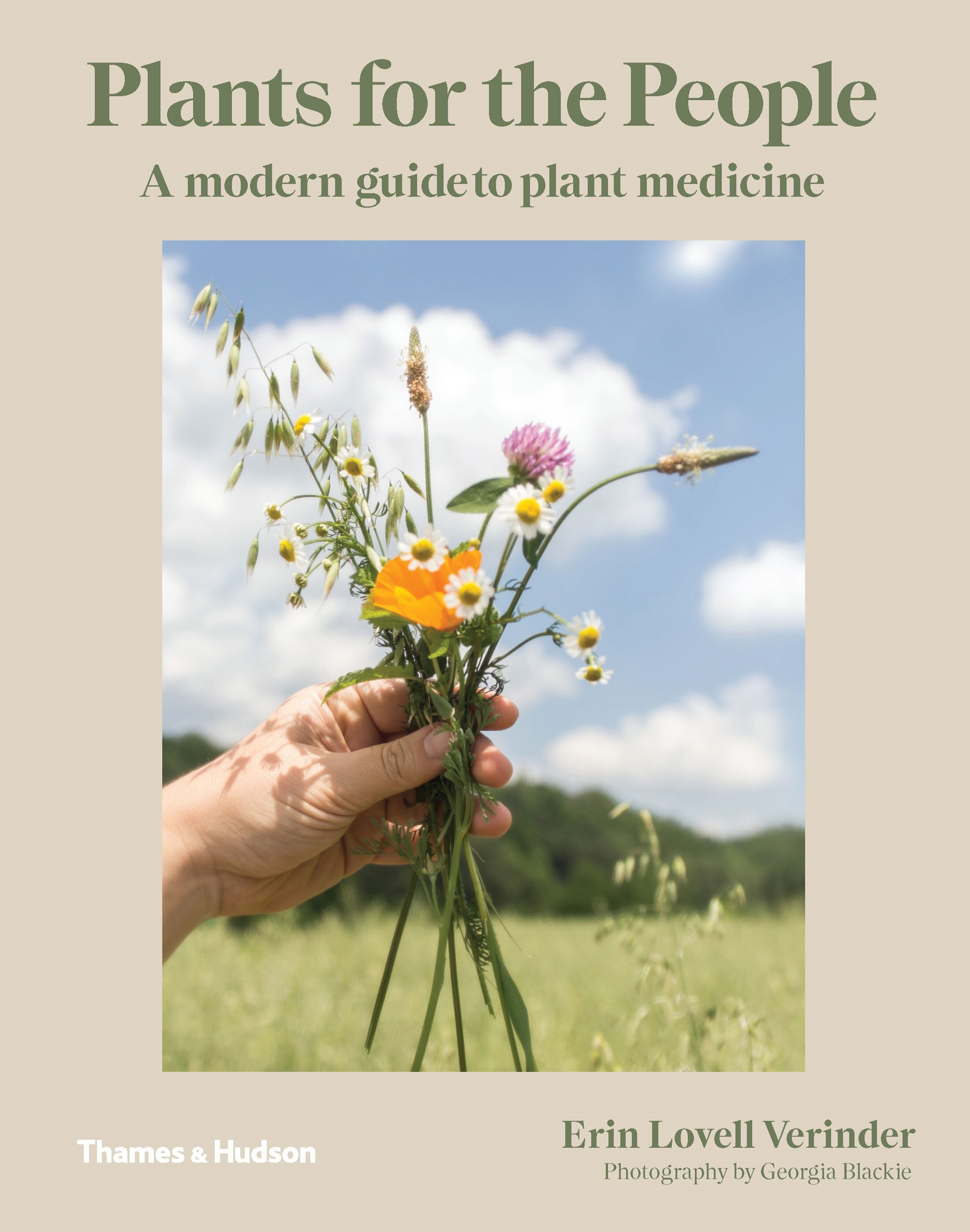
Plants for the People, by Erin Lovell Verinder
In issue 55 of oh, we shared a simple recipe for creating your own herbal jellies – simple fruit-based sweeties with herbal benefits! The recipe was taken from Plants for the People: A Modern Guide to Plant Medicine by Erin Lovell Verinder is published (Thames & Hudson, £19.95).
If you want to try making the Herbal Jellies from issue 55, and add in your own herbal infusions, you’re in the right place. Here are some ideas from this wonderful book, for making some classic, helpful, healing concoctions.
FRUIT JELLIES
Although these simple jellies are a hit with kids, they are also a regular feature in many of my adult clients’ fridges. You can adjust the fruit–juice ratio and reduce the sugars by adding water instead of juice and increasing the amount of fruit. This is a flexible recipe, easy to make and foolproof. When you are considering the taste of the jelly, try using different fruity flavour combinations to round out the strength of the herbals. Makes two standard ice-cube trays (32 cubes).
INGREDIENTS
5 tablespoons gelatine powder* (or agar-agar powder/flakes for a vegetarian jelly)
1 cup water
1 cup fresh or frozen fruit (organic berries are perfect)
1 cup fruit juice (choose stronger-flavoured juices, such as grape, prune or pear, with no added sugar)
Herbal medicine – infusion, etc. (see dosage information in method)
* Ensure gelatine is derived from pasture-raised/grass-fed livestock sources.
EQUIPMENT
bowl
saucepan
strainer (optional)
ice-cube trays or moulds
METHOD
Place the gelatine powder and water in a bowl, mix gently and allow the gelatine to ‘bloom’, absorbing the water for a few minutes. Place the fruit in a saucepan and mash down a little with a fork over low to medium heat. (If using frozen fruit, allow it to thaw in the heat of the pan first.) Add the fruit juice and stir through until well combined, then add the bloomed gelatine. Heat until the gelatine becomes liquid, stirring constantly until smooth. At this point you could add a touch of optional sweetener, such as maple syrup.
Remove from the heat and either strain out the fruit for a smooth jelly or keep as is. Pour the liquid into ice-cube trays or moulds (fun shapes gain extra points!) and include a half to full herbal dose as prescribed per cube. For example, if a child needs 2 ml (scant ½ teaspoon) of a strong echinacea infusion, add 2 ml to one mould or divide between two moulds, and then offer the child their daily dose of one or two jellies. Mix gently and refrigerate to set.
INFUSIONS
To make an infusion, add your plant of choice to a heatproof mason jar, fill with boiling water, and infuse for 3-4 hours minimum, or leave overnight to deepen the strength. Strain out the herbs/plant material. This infusion can then be added to your jellies – at around 1 teaspoon per 32 jellies (or two standard ice-cube trays). Great herbs to infuse include thyme, rosemary, calendula, echinacea, elderflowers, elderberries, lemon balm, peppermint and licorice root. There are many recipes in the book to try.
Taken from Plants for the People: A Modern Guide to Plant Medicine by Erin Lovell Verinder (published by Thames & Hudson, £19.95).